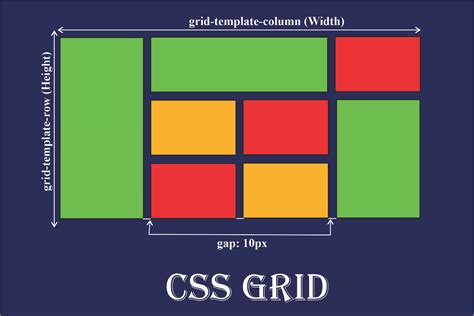The evolution of CSS over the years has been nothing short of a rollercoaster ride. From the rudimentary beginnings where web layouts mimicked physical newspapers to the highly interactive and responsive design landscapes we navigate today, each iteration of CSS has sought to eliminate the previous limitations encountered by web developers and designers. As we edge closer to the proposed advancements in CSS Grid Level 3, the community finds itself at a crossroads, discussing the potential integration of a masonry layout function.
The concept of ‘masonry layout’ has typically been associated with dynamic, gap-free layouts where elements are fitted together based on their size and content, much like fitting stones in a masonry wall. It’s a design pattern familiar to anyone who has used Pinterest or visually driven portfolio sites, where the aim is to create an aesthetically pleasing array of elements without the rigid structure of rows and columns. However, incorporating this into CSS as a standard feature brings to the table both opportunities and challenges.
On one hand, integrating masonry directly into CSS Grid could streamline development processes, allowing for the use of existing grid properties and methods in creating these complex layouts. This would not only expand the capabilities of CSS Grid but also maintain a learning curve that is not steepened by the introduction of an entirely new model. The proposals put forward suggest modifications like ‘grid-template-rows: masonry;’, which would intuitively suggest that the grid operates under a new set of rules to accommodate the masonry style without disrupting the essence of what makes a grid a grid.
However, opponents of this integration argue for the need for a separate display model. Their concerns stem from the potential complications that could arise from retrofitting a fundamentally different layout approach into the existing grid system. Maintaining the purity of the grid model, they suggest, would avoid the overhead and complexity that might result from overloading it with additional responsibilities which could deviate from its original intent. This approach favors the evolution of CSS Grid in its current form, proposing instead that masonry be considered a distinct entity.
These discussions highlight a deeper philosophical split within the web development community about how best to evolve CSS standards while keeping them robust and accessible. Advocates for integration cite the potential for better browser performance, fewer dependencies on JavaScript, and a leaner development process as elements would not need to be redefined across different layout models. This would ostensibly reduce the effort and variability involved in producing and maintaining responsive designs.
Skepticism towards this integration also brings to the fore the perennial issue of browser compatibility. Introducing a masonry layout as part of CSS Grid could lead to inconsistencies across different browsers, reminiscent of the days when web developers had to contend with vastly different behaviors in Internet Explorer compared to Firefox or Chrome. The need for a universal standard that reduces these discrepancies has never been more critical, especially as the web continues to evolve into a more application-centric platform.
Regardless of the direction taken, the ongoing discussions and prototyping efforts by browser vendors and design advocates underscore a pivotal moment in web design. Whether CSS Grid Level 3 will indeed include masonry or inspire a new layout model, the implications for the future of web development are significant. As the debate continues, it remains essential for the community to engage with these developments actively, ensuring that the evolution of CSS aligns with the needs of both developers and the global community of internet users.


Leave a Reply